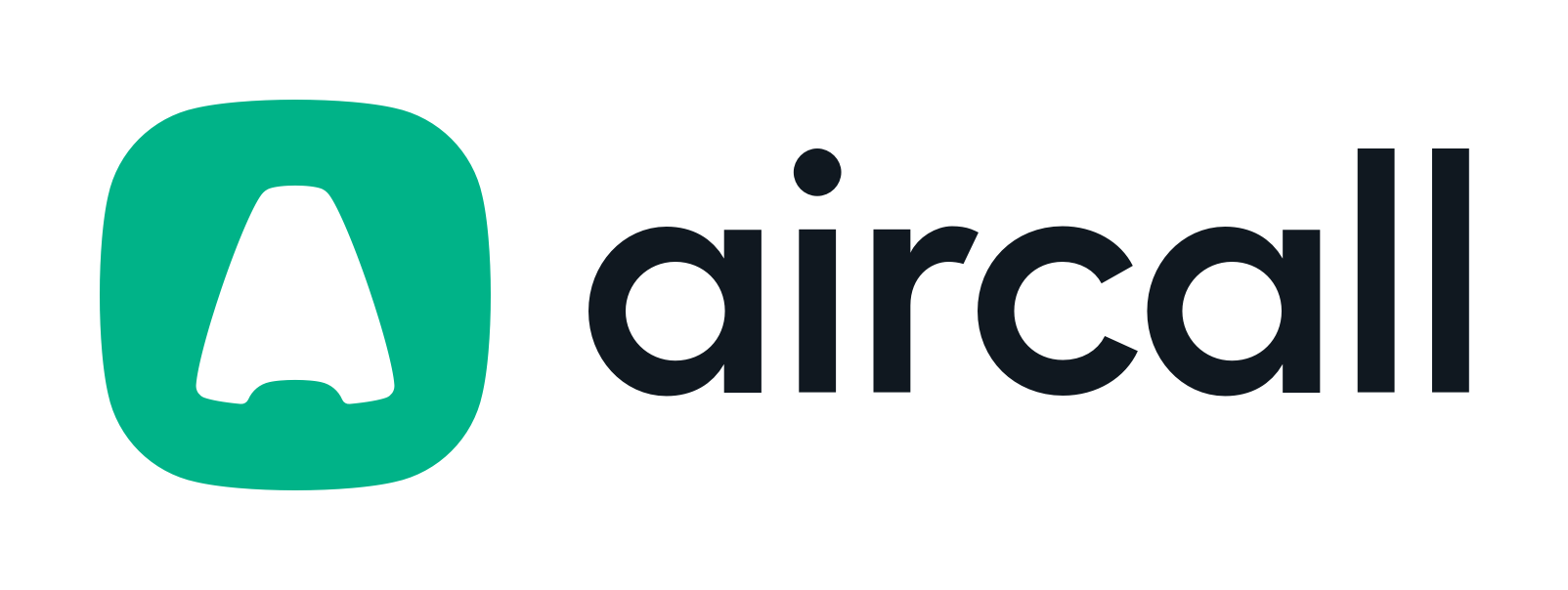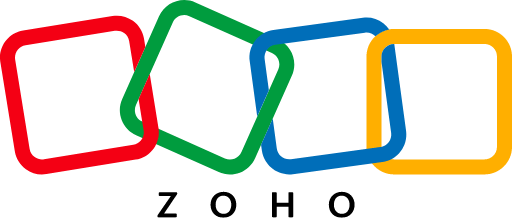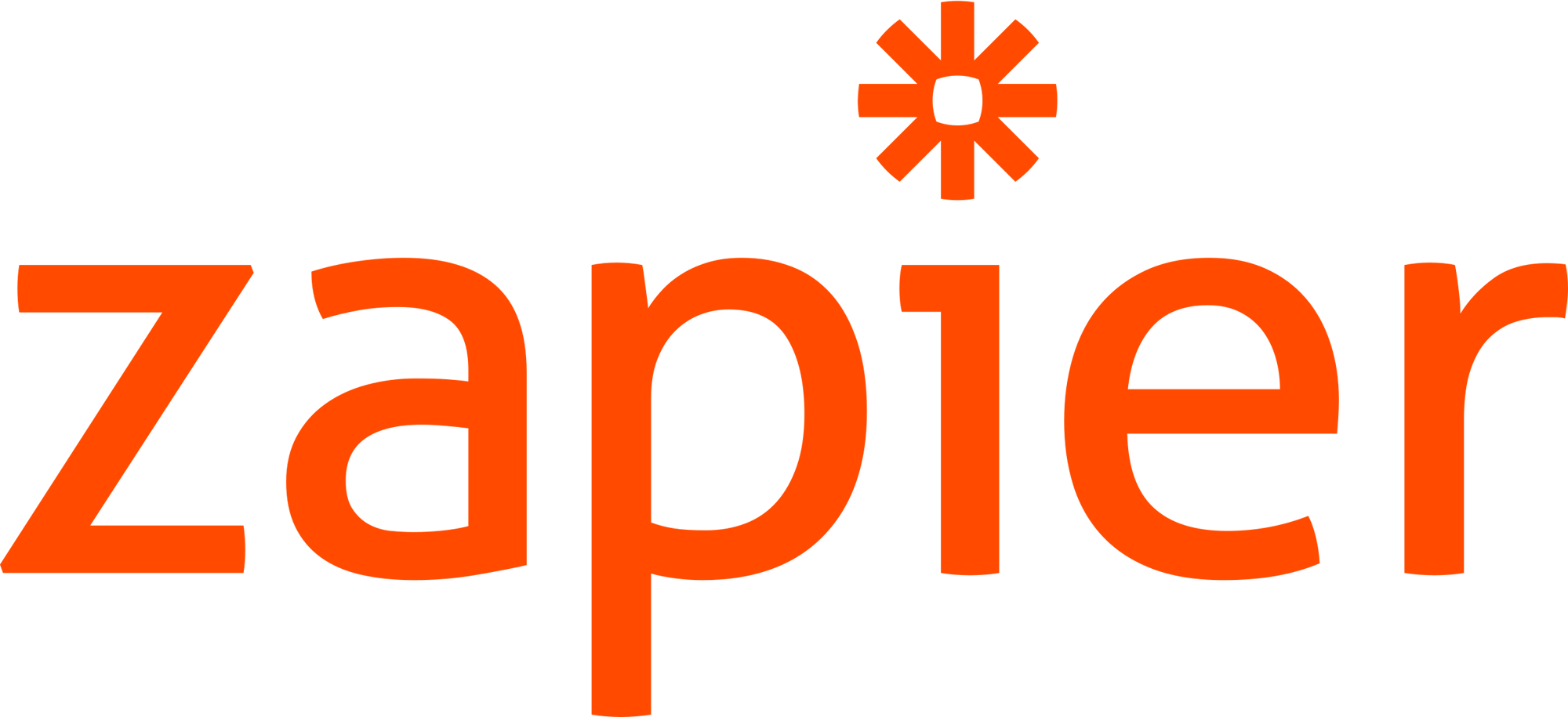![7 Ways to Get a List of Cell Phone Numbers [Tools]-festured-image](https://6052405.fs1.hubspotusercontent-na1.net/hubfs/6052405/2023%20-%20Blog/EN%20SEO%20blogs%20%28Product%20use%20case%20keywords%29%20%5B%2B%20FR%2c%20ES%20and%20DE%20variations%5D/List%20of%20cell%20phone%20numbers/EN_list-of-cell-phone-numbers-card.png)
You’re an SDR working hard to bring in new prospects daily to get meetings booked and deals closed. Maybe you’re also lucky enough to have a great marketing team that also provides an onslaught of inbound leads regularly.
In an ideal world, the sales team is swamped with new prospects entering the pipeline at any given point.
This is a great opportunity, but it presents a potential obstacle. While more leads and a busy pipeline are great, it also presents logistical challenges.
For one, salespeople have limited time and resources.
Not all leads are created equal, with some being extraordinarily likely to buy and some with their credit cards halfway out of their wallets. As a result, it’s crucial to know how to prioritize sales leads.
There are six ways to prioritize sales leads better, and we’ll look at each.
- Use a prospecting tool.
- Try lead scoring.
- Prioritize inbound leads.
- Focus on leads who visit your website.
- Look at who’s replying to emails.
- Great fit outbound prospects.
1. Use a prospecting tool
Prospecting tools can be used to discover and connect with new leads, which can help you find prospects that potentially align with your ideal customer profile (ICP).
Most prospecting tools allow you to search for potential customers based on qualities like industry, company size, or annual revenue. LinkedIn Sales Navigator is a popular prospecting tool and can be used to learn more about specific leads before initial interactions begin.
But if you require contact details, you’ll also need a tool like Kaspr.
Kaspr works with LinkedIn, LinkedIn Sales Navigator, and LinkedIn Recruiter Lite to enrich phone numbers, email addresses and company information. It’s got a Chrome Extension you can use to do this in bulk or profile by profile, helping to prioritize your leads with lead lists in the Kaspr dashboard.
The Kaspr dashboard (or web app) also has lead management capabilities. From here, you can sort your leads into lists and add notes, tags and tasks for next actions to help with lead prioritization.
2. Try lead scoring
Lead scoring is the practice of ranking leads with a numeric score based on their fit and/or activity.
Prospects that closely align with your target market and those who are interacting with your business (particularly with high-value or high-intent actions like booking a demo or visiting key landing pages) will be given points that increase their scores.
Prospects that aren’t a good ICP fit won’t gain points, and those that take certain actions like unsubscribing from your email may even lose points.
Some CRM or sales pipeline tools offer native lead scoring features. A salesperson can use the lead scores to identify warmer or higher-value prospects so that they can act quickly.
3. Prioritize inbound leads
Inbound leads came to you without a rep having to approach them first.
Inbound leads, in general, are often seen as much more valuable than outbound leads because they’re already actively looking for you on their own.
They’re problem-aware and looking for a product or solution exactly like yours.
But sadly, it’s been shown time after time that sales reps give up too early in the sales cadence when it comes to inbound leads. On average, a rep follows up on inbound marketing leads just twice. 😲
Nuts, right?
Here are some tips to help prioritize inbound leads:
- Learn as much as you can about the lead. Lead forms can provide some basic information, like firmographic data or which products they’re most interested in. You’ll also want to do extra research to learn as much as you can about their anticipated needs.
- Look at past touchpoints. Plenty of CRM tools will track which touchpoints prospects interact with and when. Use that to your advantage. If, for example, prospects visit a particular product page, you can expect that specific feature to be important to discuss in a sales call or a demo.
- Meet them where they’re at. Inbound leads may be ready for a sale right away; others will need more information. Meet them where they’re in their buyer’s journey, whether setting up a sales call or sharing free resources.
- Follow up. Most importantly, follow them up as you would an outbound prospect. Optimal inbound cadences need to be 10 touches long.
4. Focus on leads who visit your website
Leads who visit your website have often started their buyer’s journey, as they likely came to learn more about your product. They may be looking for additional product features, overviews, or pricing information to compare you to competitors.
Whatever they’re researching, they could likely benefit from assistance from a sales rep.
You should pay close attention to leads who return to your site more than once. Returning visits are high-intent actions, as they’re interested enough to come back.
You can let the lead know that they seem interested in specific products, use cases, or features and that you’d like to answer any questions.
Focus on the specific materials they’ve engaged with, and ask if they have any questions they need help with. That can open the door for them to raise objections or get answers that could otherwise prevent them from moving forward.
5. Look at who’s replying to emails
A sales email aims to get a reply. That’s it. 💯
So, anyone replying to your emails should be bumped straight up your priority list. Just sending one email is very unlikely to achieve this, which is another reason a longer sales cadence is so important.
Here are some top tips for writing sales emails that get a response:
- Step 1: Identify your prospect - Tools like Kaspr help you get email addresses for free.
- Step 2: Change the aim - If you’re aiming to get a meeting booked from one email, stop. Your aim is to get a reply, that’s it.
- Step 3: Make it relevant - A generic cadence isn’t going to win anyone over. Do your research and identify a trigger to reason why you’re reaching out.
- Step 4: Think cell phones - All sales emails need to be optimized for reading on a cell phone. Keep it short and cut the buzzwords.
We go through all these steps in more detail in this video. 🎬
6. Great fit outbound prospects
Outbound prospects are SO important to your pipeline. Remember, the winning zone from Chet Holmes’ buyers’ pyramid is that 30% that “aren’t thinking about it” right now.

Many sales teams use account-based selling (ABS) to look for prospects with specific job titles at high-value companies. You can also search for prospects in certain industries that align with buyer personas. This can be a great way to become more value-led in your approach.
Strategies like ABS can be used alongside bottom-up selling. This is where SDRs work their way into target accounts by speaking to users first. By doing this, they can gather all sorts of crucial information to bring into their conversations with decision-makers within the account.
Final thoughts: Prioritizing sales leads
For SDRs, knowing which types of leads to prioritize is so important. Lead scoring helps, and knowing signs of intent and engagement (like site visits and email opens) can assist sales teams.
Keep in mind that you should always consider the following when prioritizing leads:
- Both fit and activity. Some prospects will be an outstanding ICP fit but not engage much at first, or vice versa. You want to look at both engagement and ICP alignment when making judgment calls about lead prioritization, not just one or the other.
- Consider the value of a potential contract. While all prospects are important, there’s no denying that some may be more important than others from a financial perspective. If some leads are more likely to convert at a larger deal size, make sure they’re given priority.
- Understand your sales funnel. Customers who are at the beginning of their buyer’s journey shouldn’t be ignored. Remember, as an SDR, your winning zone is those that aren’t looking to buy.
Try Kaspr for free today
Kaspr’s an all-in-one prospecting tool that will help you prioritize your leads! Sign up for free.
Join the 50K+ Kaspr users:
✅ No credit card is required to sign up.
✅ GDPR and CCPA aligned.
✅ 500M+ phone numbers and email addresses.
✅ All-in-one prospecting tool.
✅ Fully self-service.
✅ Custom plans.
Accurate European contact data
Get accurate data for your prospects and connect with your favorite sales tool






/LinkedIn%20Chrome%20Extension/EN%20LinkedIn%20Chrome%20Extension/EN_linkedin-chrome-extension-profile-data-reveal-1.webp)


